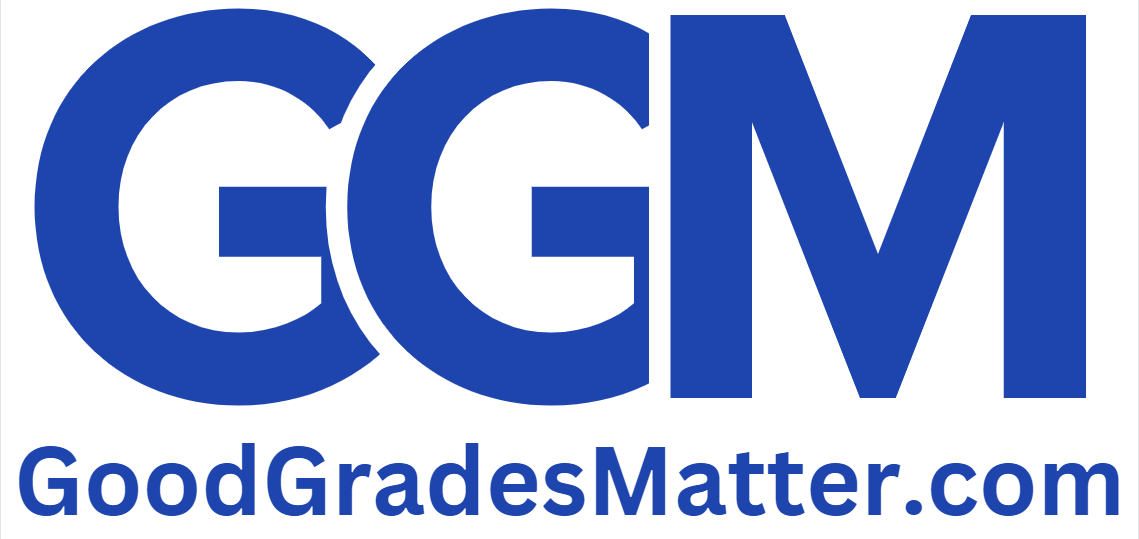Moore Company manufactures and sells a single product called a Lop. Operating at capacity, the company can produce and sell 30,000 Lops per year. Costs associated with this level of production and sales are given below:
| Unit | Total | |
| Direct materials | 15 | 450,000 |
| Direct labour | 8 | 240,000 |
| Variable manufacturing overhead | 3 | 90,000 |
| Fixed manufacturing overhead | 9 | 270,000 |
| Variable selling expense | 4 | 120,000 |
| Fixed selling expense | 6 | 180,000 |
| Total cost | 45 | ####### |
The Lops normally sell for $50 each. Fixed manufacturing overhead is constant at $270,000 per year within the range of 25,000 through 30,000 Lops per year.
Required:
1. Assume that due to a recession, Moore Company expects to sell only 25,000 Lops through regular channels next year. A large retail chain has offered to purchase 5,000 Lops if Moore is willing to accept a 16% discount off the regular price. There would be no sales commissions on this order, so variable selling expenses would be slashed by 75%. However, Moore Company would have to purchase a special machine to engrave the retail chain’s name on the 5,000 units. This machine would cost $10,000. Moore Company has no assurance that the retail chain will purchase additional units in the future. Calculate the net increase/decrease in profits next year if this special order is accepted.
2. Refer to the original data. Assume again that Moore Company expects to sell only 25,000 Lops through regular channels next year. The provincial government would like to make a one-time-only purchase of 5,000 Lops. The government would pay a fixed fee of $1.80 per Lop, and it would reimburse Moore Company for all costs of production (variable and fixed) associated with the units. Since the government would pick up the Lops with its own trucks, there would be no variable selling expenses associated with this order. If Moore Company accepts the order, by how much will profits increase or decrease for the year?
3. Assume the same situation as that described in (2) above, except that the company expects to sell 30,000 Lops through regular channels next year, so accepting the government’s order would require giving up regular sales of 5,000 Lops. If the government’s order is accepted, by how much will profits increase or decrease from what they would be if the 5,000 Lops were sold through regular channels?
Step-by-Step Solution
Since the fixed costs will not change as a result of the order, they are not relevant to the decision. The cost of the new machine is relevant, and this cost will have to be recovered by the current order since there is no assurance of future business from the retail chain.
| Unit | Total— 5,000 units | |
| Revenue from the order ($50 × 84%) | 42 | 210,000 |
| Less costs associated with the order: | ||
| Direct materials | 15 | 75,000 |
| Direct labour | 8 | 40,000 |
| Variable manufacturing overhead | ####### | ####### |
| Variable selling expense ($xx × xx%) | ####### | ####### |
| Special machine ($xx,000 ÷ xx units) | ####### | ####### |
| Total costs | ####### | ####### |
| Net increase in profits | ####### | ####### |
Please click on the Icon below to purchase the full 100% CORRECT ANSWER at only $3




